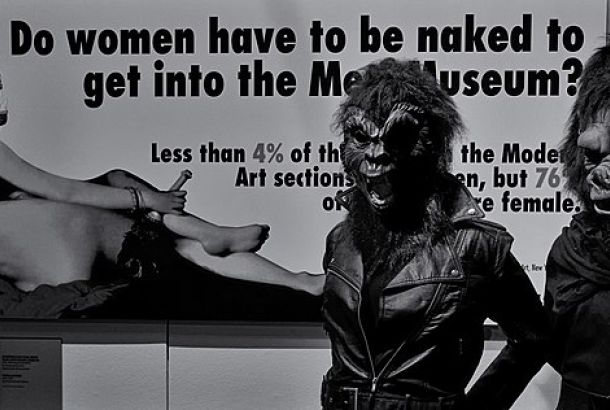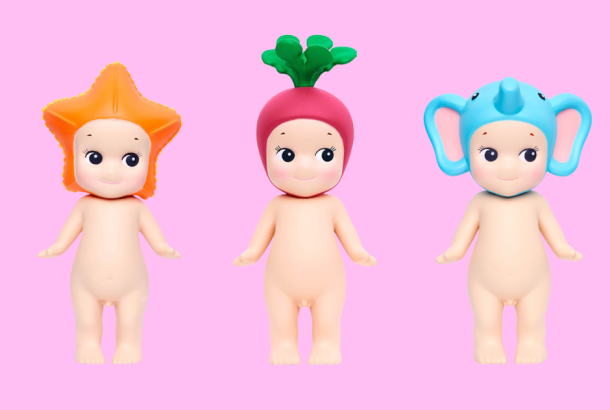The Factory and The Ghost Ranch
Designing the Walking Liberty Half Dollar, valorizing Union soldiers in bronze and chiselling Abraham Lincoln’s beard, brow and crotch; in other words, minting the US economy and styling Presidential power were just some of the workaday duties of Adolph A. Weinman’s studio on West 21st Street, New York.
A minor architectural sculptor, Weinman’s papers, including a photograph of him halfway up a wooden ladder, measuring a polished version of one of his enthroned Lincolns destined for a public square in Kentucky ca. 1906, are held in the Smithsonian’s Archives of American Art.
Their yellowing trove of commission receipts, private letters, sketchbooks and photographs of bygone American artists was published in book form in 2006, Artists in Their Studios. Full of the forgotten items of practising artists, mostly of jobbing society portraitists, it gives a glimpse of the sacred workspaces that we will never see again. Like the teeth of unrecognisable bodies, we need the exact addresses on New York’s grid to identify the location.
Other studios resist the condition of being mere property, and are anything but lost in the depths of art history. Some studios achieve such renown that they can erase the formality of the generic studious term and create their own identity. Think of Warhol’s Silver Factory, O’Keefe’s Ghost Ranch, Pollock’s Long Island barn, Raphael’s synagogue (a name given to his crowded workshop by rival Sebastiano del Piombo).
The aura of creative space continues to the present day, seen most recently by the recreation of Joan Miro’s Mallorca studio in Duke Street London. You can’t transplant the Mediterranean light, or the mummified cat he hung on his wall, but our fascination is still peaked and we want to see the copied set-up of unfinished works and pots of dry brushes.
Although creatively dormant, the re-made studios give a chance to judge the temperament, or at least the tidiness, of the artist. Francis Bacon’s Rees Mews studio, bought and recreated by Dublin City Gallery in 1998, is a squalid hovel and unmistakeably the room of a messy masochist; someone who wallows in the chaos of slashed canvases and sallow walls and tries to put this atmosphere into his work.
Between 1921 and 1936, 26 Rue du Depart was Piet Mondrian’s geometric chamber, and its clean freak arrangement of furniture and rigid paintings, life and art, is an anathema to Bacon’s den. The ultimate De Stijl living room was treated like an archaeological dig by Tate Liverpool last year when they rebuilt the entire room based on black and white photographs. His canvases appear above the door frame, as part of the partition wall, they are pinned where a mirror should be; they are the foundation stones of the room.
Mondrian’s chapel to Neo-Plasticism is like the stage set of a surreal play. Similarly, the photograph of Weinman’s factory of Americana on 21st West Street is inherently theatrical, edging towards the surreal. Three Abe Lincolns sit frozen in the one room.
In fact, when museums recreate the workstations of the dead they are following a dramatic tradition. After Magritte by Tom Stoppard is an absurdist pastiche of a made-up Magritte painting (if anything, it’s close in style to The Menaced Assassin (1927)) where the characters try to piece together the crime scene of a non-existent crime. The short play finishes and ends with the characters posed like a tableaux.
Charles L. Mee’s play bobrauschenbergamerica (2001) is a one-act ‘combine’ of vignettes inspired by the subject matter of Robert Rauschenberg’s works. It’s a medley of kitschy scenarios. We listen to the sex fantasies of a trucker and Rauschenberg’s mother discoursing sentimentally about her boy’s childhood. At one point, the characters group together to act out a conspiracy movie about blowing up a train, reading the plot and dialogue from their unique screenplay, two license plates.
Mee’s collection of scenes is supposed to be a Pygmalion-like animation of Rauschenberg’s paintings and it’s a more daring experiment that any museum can afford to offer. The plays reinforce the chaos of artistic creation and reminds us why we love to see inside the great studios. Even in the placid, cleaner versions offered to us by galleries, the studio offers the biography of both artist and creation.







